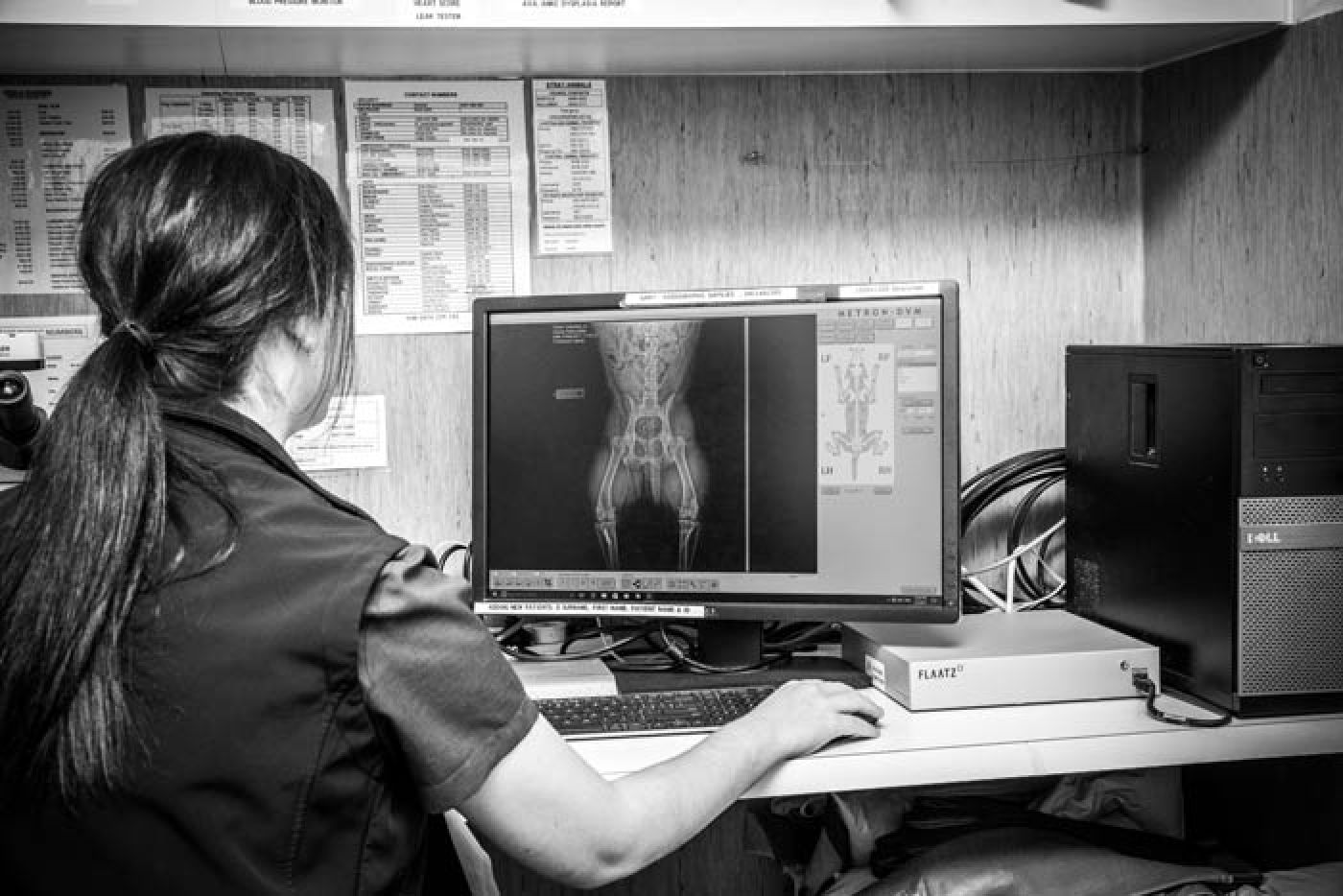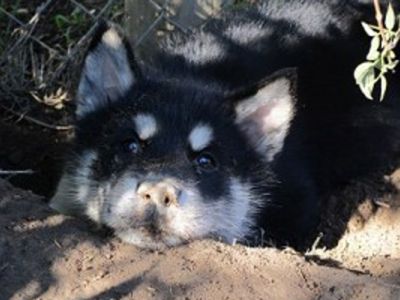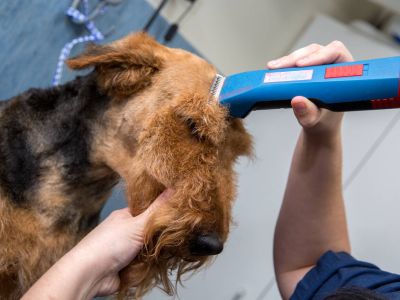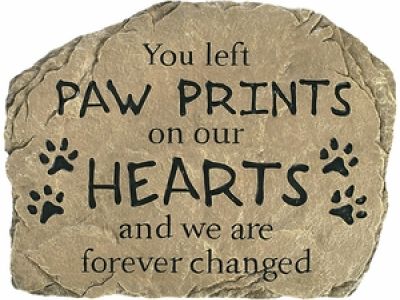Diagnostic Imaging

Diagnostic Imaging services available at Northern Suburbs Veterinary Hospitals.
Digital Radiography
Radiography is a simple, painless and non-invasive procedure that uses x-rays to produce images of a region of the body. Being Digital, the images are processed immediately meaning a shorter sedation/anaesthetic for your pet. Radiographs often complement the information already obtained in the pet’s history. These images can also be sent on to Veterinary Specialists to further diagnose difficult cases via email.
Patients are normally sedated to help them relax and allow proper positioning for the radiographs. For x-raying some regions of the skeleton that are painful such as the spine, or if fractures are suspected, a general anaesthetic will be required.
Ultrasonography
Ultrasound is painless procedure that uses sound waves to produce an image of organs and other structures of the body – it is excellent for internal organs. It is mainly used for looking at organs and structures that are uniform and solid, or fluid filled; it is also excellent for evaluating moving structures. These include but not limited to – liver, spleen, bladder, heart and of course diagnosing pregnancy.
An abdominal ultrasound will visualize organs such as liver, gallbladder, spleen, kidneys, adrenal glands, urinary bladder, prostate gland, ovaries, uterus, pancreas, stomach, small and large intestines, abdominal lymph nodes and blood vessels.
A cardiac ultrasound will visualize the structure and function of the heart for evaluation of both congenital and acquired heart disease.
Ultrasound also allows guided access for minimally invasive sampling of masses or abnormal fluid accumulations.
In most cases the fur will need to be clipped on the area to be ultrasound for a clearer image.
Endoscopy
Endoscopy typically refers to looking inside the body for medical reasons using an endoscope. This is a tool to examine the interior of a hollow organ or cavity of the body. Unlike other medical imaging devices, endoscopes are inserted directly into the organ. We use a flexible endoscope, with a fibre-optic light source to illuminate the scope to enable us to visualise inside the body.
The scope is used for diagnostic biopsy of the stomach, intestine, rectum, nose and ear.
They can also be used to visualise foreign bodies in the oesophagus, stomach, ear etc. Your pet will need a general anaesthetic for any endoscopy performed.



